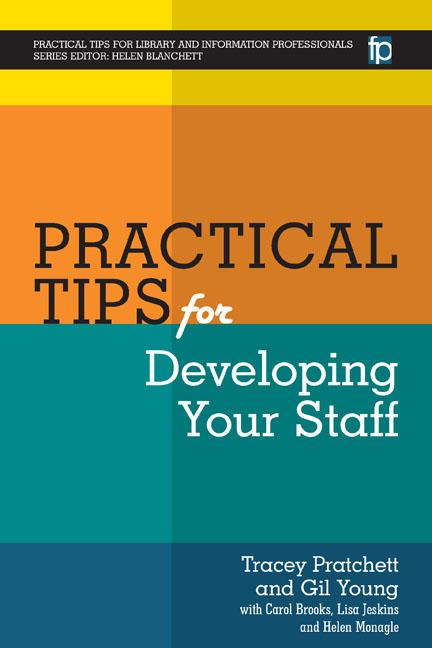Book contents
- Frontmatter
- Contents
- List of figures and tables
- Acknowledgements
- The authors
- List of abbreviations
- Series Editor's introduction
- Introduction
- Section 1 Theories
- Section 2 Infrastructure
- 11 Why develop staff?
- 12 Workforce planning
- 13 Job descriptions
- 14 Person specifications
- 15 Advertisements
- 16 Shortlisting
- 17 Interviews
- 18 Interviews – presentations and tests
- 19 Interviews – feedback
- 20 Inductions
- 21 Managing performance
- 22 Team development plans
- 23 Appraisals – preparing
- 24 Appraisals – conducting
- 25 Setting objectives
- 26 One-to-ones
- 27 Feedback – general
- 28 Team building
- 29 Team meetings
- 30 Sharing learning with the team
- 31 Writing references
- 32 Exit interviews
- 33 Effective handover
- Section 3 Activities and tools
- Index
31 - Writing references
from Section 2 - Infrastructure
Published online by Cambridge University Press: 09 June 2018
- Frontmatter
- Contents
- List of figures and tables
- Acknowledgements
- The authors
- List of abbreviations
- Series Editor's introduction
- Introduction
- Section 1 Theories
- Section 2 Infrastructure
- 11 Why develop staff?
- 12 Workforce planning
- 13 Job descriptions
- 14 Person specifications
- 15 Advertisements
- 16 Shortlisting
- 17 Interviews
- 18 Interviews – presentations and tests
- 19 Interviews – feedback
- 20 Inductions
- 21 Managing performance
- 22 Team development plans
- 23 Appraisals – preparing
- 24 Appraisals – conducting
- 25 Setting objectives
- 26 One-to-ones
- 27 Feedback – general
- 28 Team building
- 29 Team meetings
- 30 Sharing learning with the team
- 31 Writing references
- 32 Exit interviews
- 33 Effective handover
- Section 3 Activities and tools
- Index
Summary
AS A MANAGER, colleague or friend you will most likely be approached for a reference at some point in your life. The most usual scenario is that a current or past employee will ask you for a reference to support their application for a new job, but you could be asked for a personal or character reference in relation to an application to rent a property, an academic placement or a nomination for an award. If you are asked to provide a character reference or personal reference you can do this in your own right but these should not be offered on organizational headed paper.
If you are providing a written reference for an individual on behalf of the organization in your role as their manager or supervisor, you should check your organizational policy for writing references, such as the one provided for staff working at the University of Manchester (University of Manchester, 2015) to clarify the process. If your organization does not have such a policy, your HR department should be able to advise whether you have the appropriate level of authority to proceed.
Commonly, when you receive a request to provide a reference, the applying organization will send you a number of questions that they require answers to, or a general statement to guide you. If this is not the case and you are asked to write a general account or letter, there are a number of templates that you can access on the BusinessBalls website to get you started (Chapman, 2016). Some of the things that you should consider when writing references are summarized below (University of Manchester, 2015; Chapman, 2016; Sakrouge, 2015):
• Include only the facts; do not speculate or provide opinion.
• If you provide a reference you have a duty of care.
• It must be factual, accurate, fair, balanced and not libellous.
• It must not be discriminatory.
• It must comply with the Data Protection Act.
• Do not get personal in a reference, ensure that you remain objective.
• Try to provide positive statements.
• Information about disciplinary proceedings should be backed up with dates and figures.
- Type
- Chapter
- Information
- Practical Tips for Developing Your Staff , pp. 72 - 74Publisher: FacetPrint publication year: 2016

